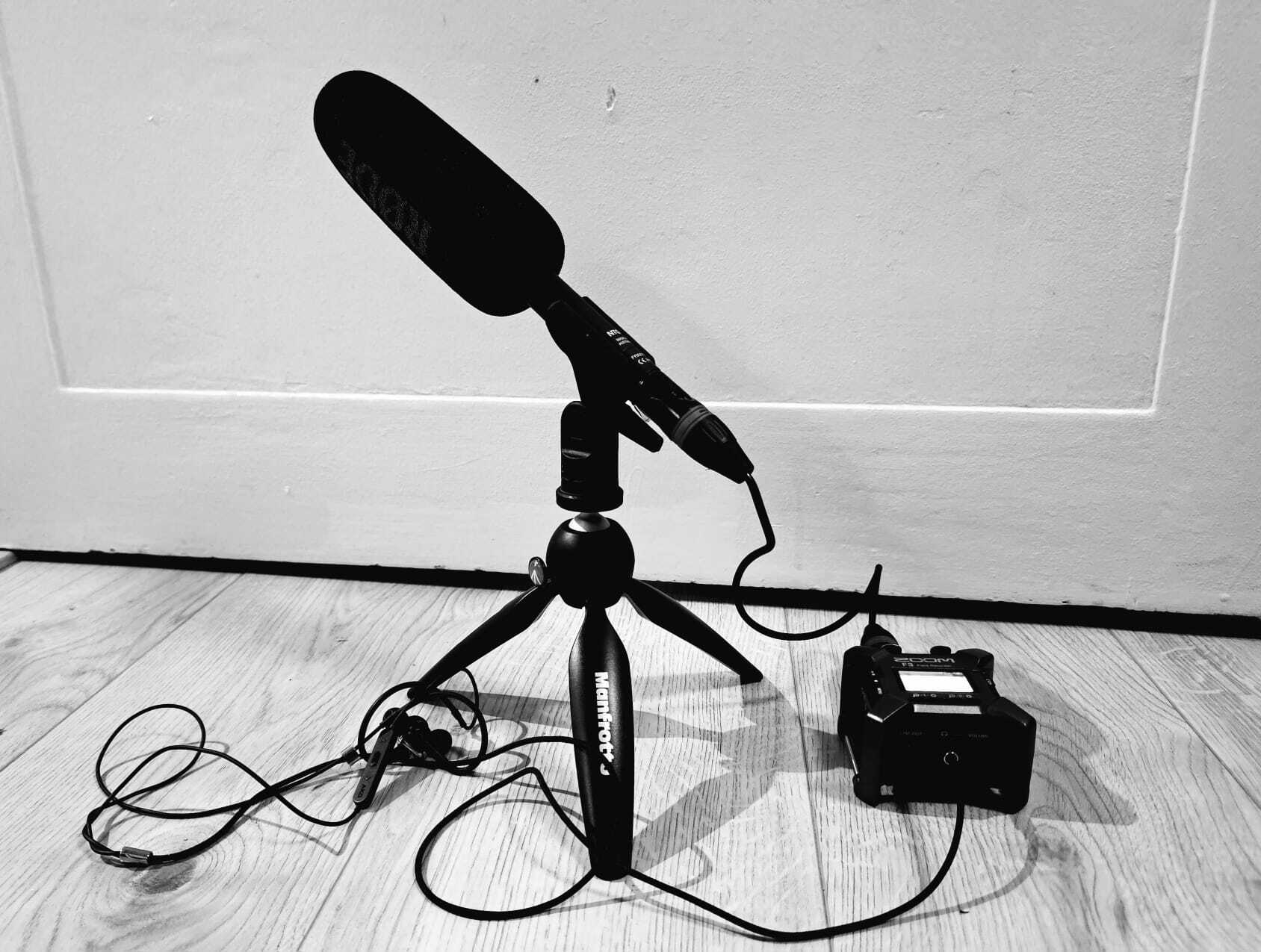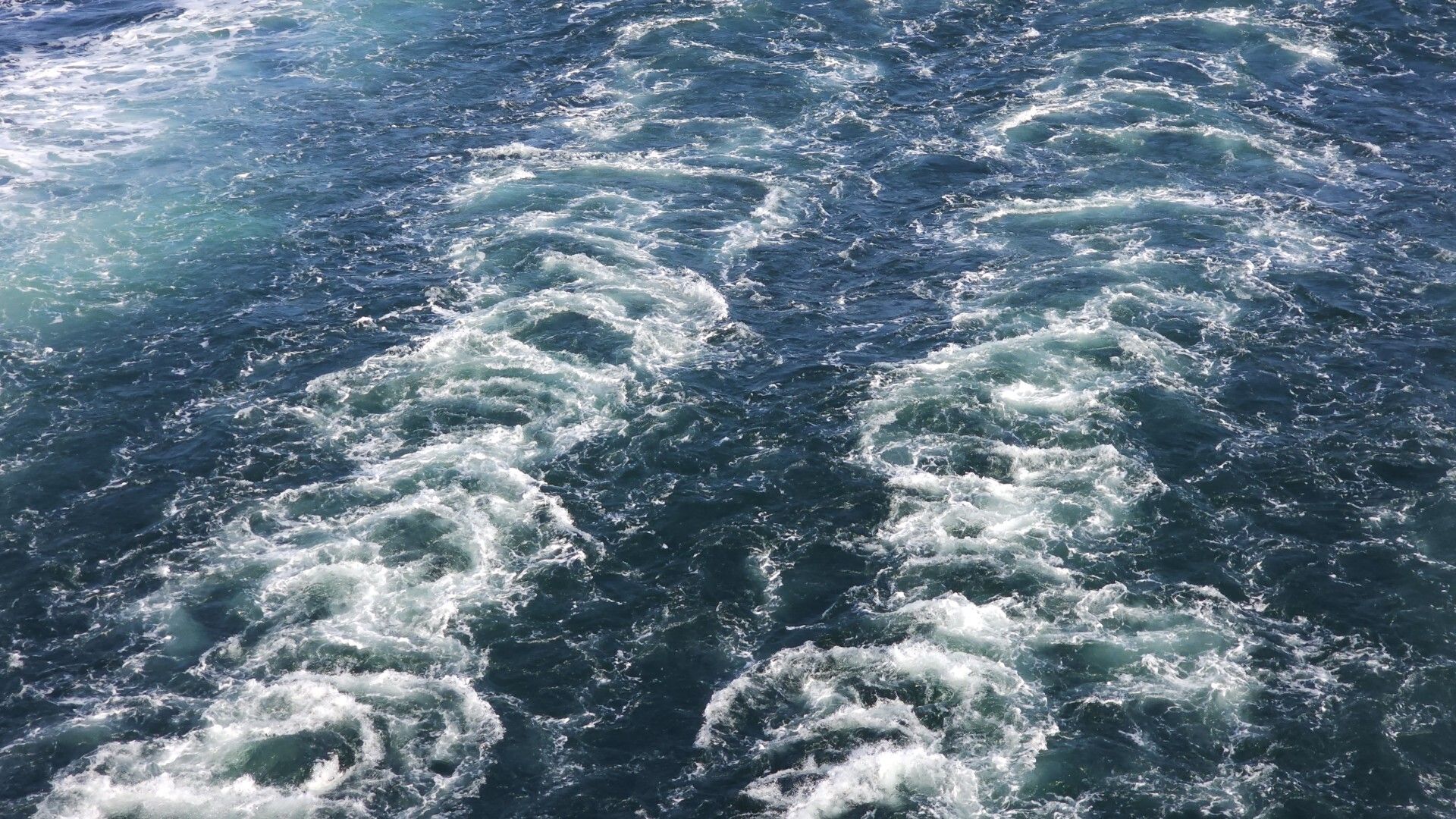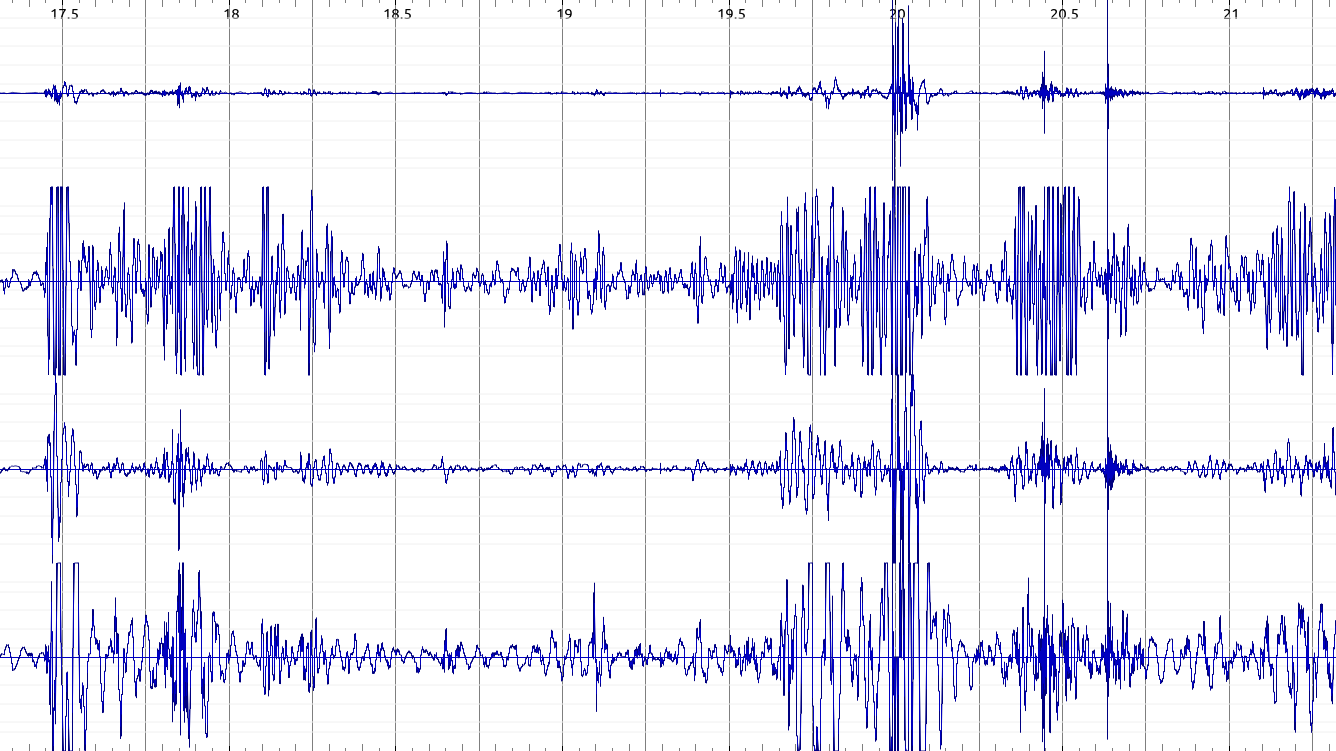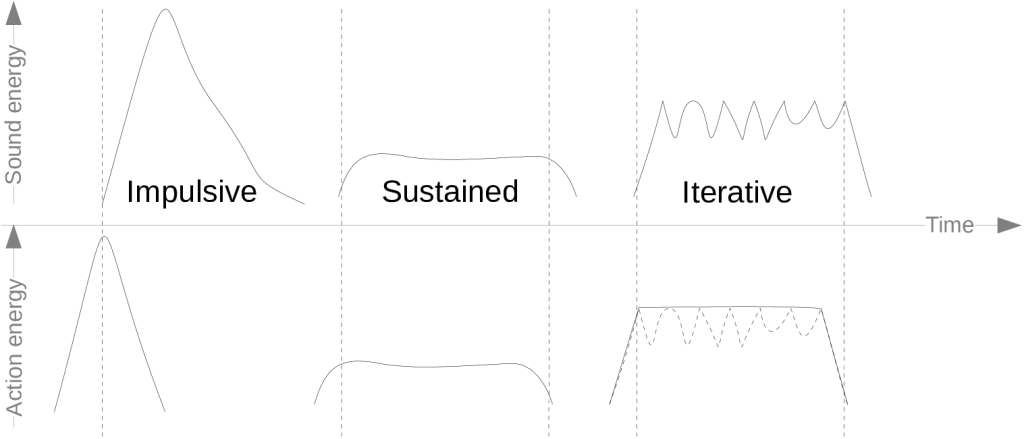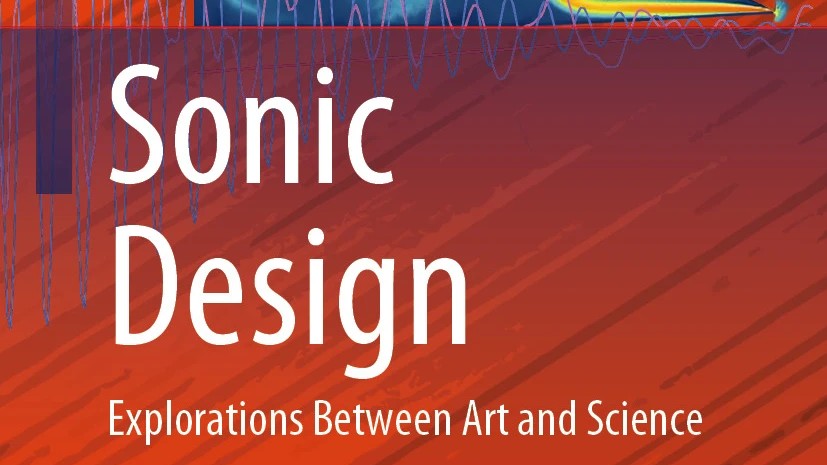
New Anthology: Sonic Design - Explorations Between Art and Science
I am happy to announce the publication of the anthology Sonic Design- Explorations Between Art and Science.This 17-chapter volume explores sonic design practice and theory and celebrates the lifelong achievements of Professor Rolf Inge Godøy. The anthology is based on selected contributions at the International Seminar on Sonic Design, which took place in May 2022. The seminar was set up to celebrate Rolf Inge Godøy, my former supervisor, mentor, colleague and friend, uphon his retirement....
